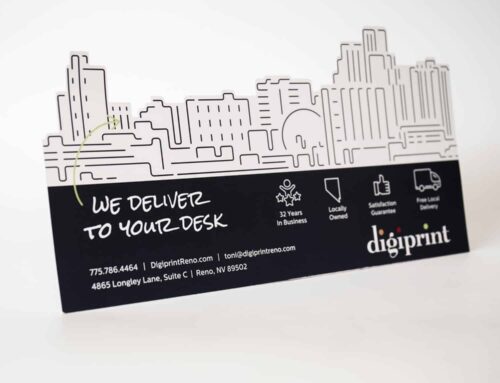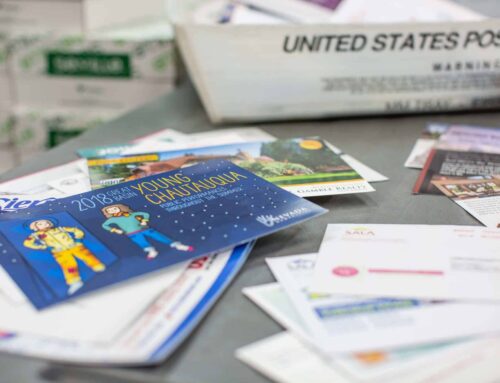Have you ever wondered what makes a Coke bottle pop out on an overcrowded shelf in a grocery store?
It’s the archetypical red and white label with Spencerian script font. That’s what helps you spot a Coke so quickly. Although small, these eloquently designed labels encourage us to pick up a product we would have otherwise ignored. These custom labels are made using a process called die-cut label printing.
But what is die cutting, and how exactly does it work? Let’s find out.
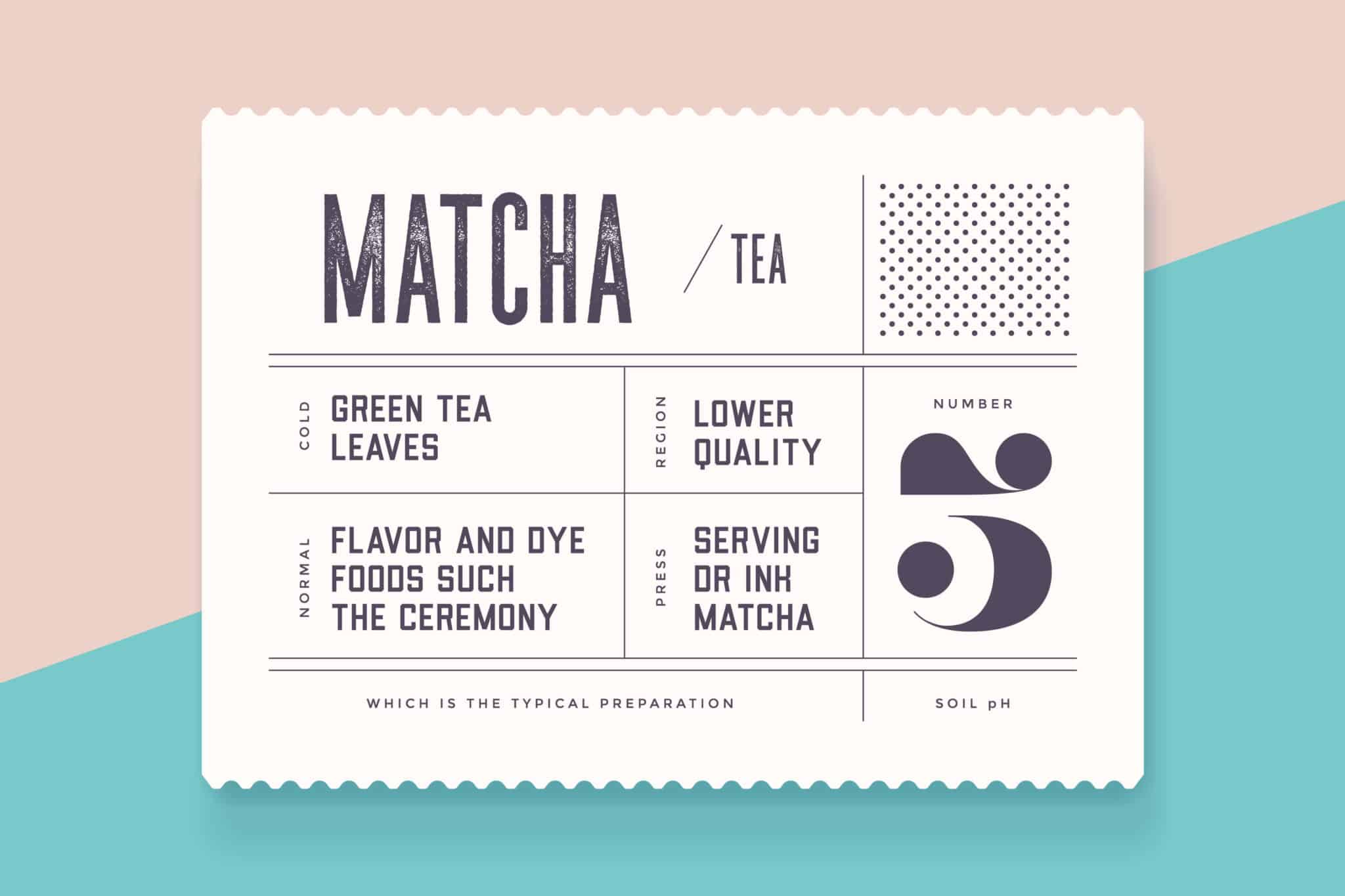
Table of Content
Types of Die-Cutting Methods
Benefits of Custom Die-Cut Labels
Most Iconic Custom Labels of All Time
Designing Your Custom Die-Cut Label: The Die-Cutting Process
What You Need to Provide in the Die-Cutting Process
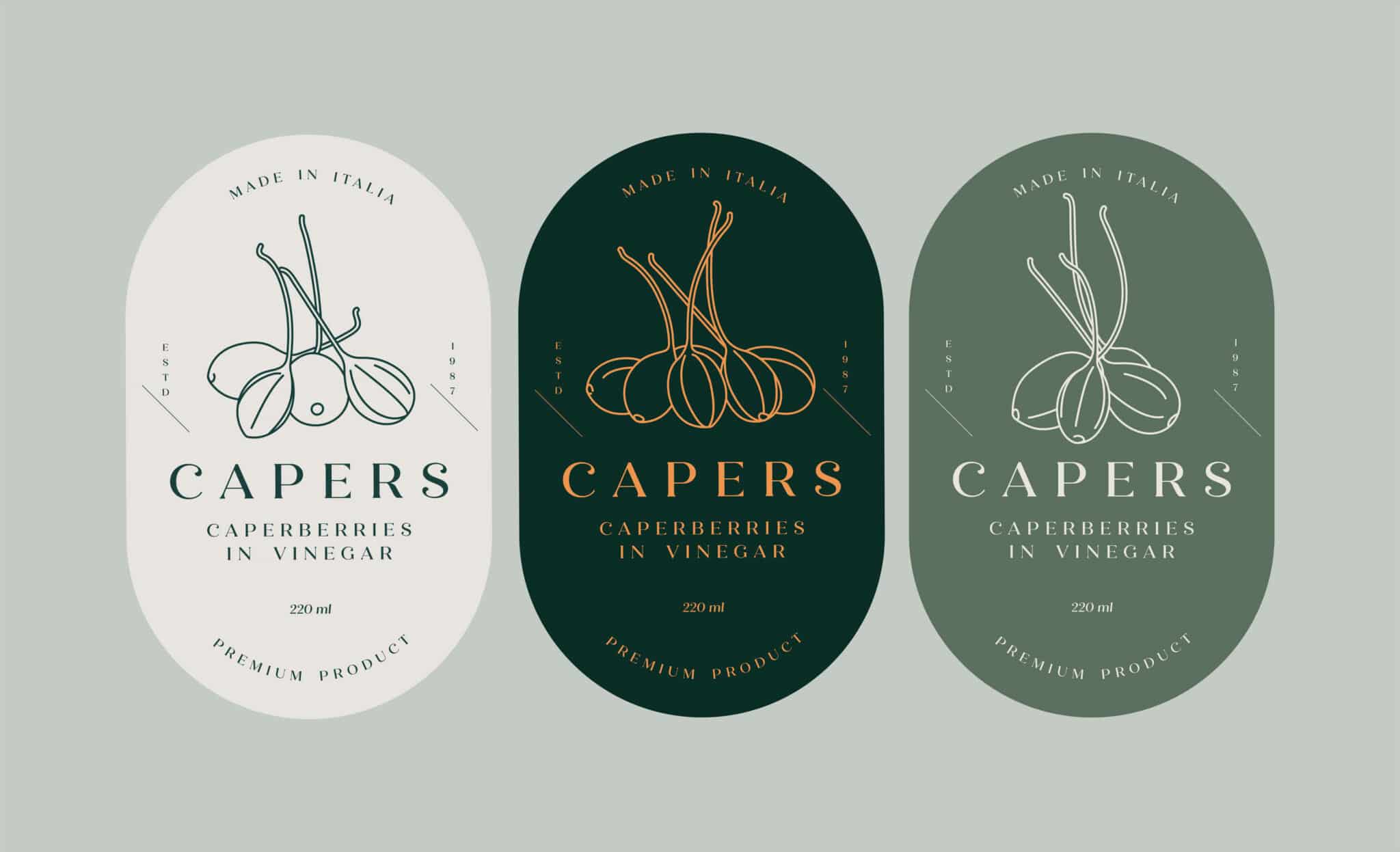
What is Die-Cutting?
What is die-cutting in printing?
The die-cutting process is like shaping dough with a cookie cutter. But instead of dough, it cuts various materials like paper, plastic, cardboard, foam, vinyl, and plastic into desired shapes. It can be non-custom or custom.
Non-custom die cutting uses common shapes like rectangles, squares, circles, and ovals. It’s often faster and cost-effective but lacks the visual appeal of custom labels. On the other hand, custom die-cut label printing relies on shapes specifically designed for your brand or packaging.
Many brands opt for custom die-cut label printing because of its unique visual appeal. A customized label helps your brand stand out from the rest, making it easy to notice and recall.
We recommend investing in custom die-cut printing services if you want a label specifically designed for your product or service.
Types of Die-Cutting Methods
Die cutting can be performed using several different methods, each suited to specific applications, materials, and production requirements. Here are the primary types of die-cutting:
Flatbed Die Cutting
This strategy uses a flatbed die-cutting press and steel rule dies. The material is placed on a flat surface, and the die is pressed onto the material using a hydraulic or mechanical press. This approach is ideal for thicker materials or larger production runs, commonly used for packaging, gaskets, and larger labels.
Rotary Die Cutting
This type of die-cutting involves a cylindrical die on a rotary press. As the die rotates, it rolls over the material, which is fed through the machine on a conveyor belt, cutting it into the desired shape. Rotary die cutting is best for high-volume orders and continuous materials like tapes, textiles, and long rolls of paper or plastic.
Laser Die Cutting
Laser die-cutting uses a high-precision laser to burn or vaporize the material in the desired pattern. Controlled by computer software, it offers flexibility in design changes without the need for physical dies. This tactic is suitable for intricate designs and small production runs where setup time and cost for traditional dies are prohibitive – commonly used for stickers, intricate paper designs, and prototypes.
Digital Die-Cutting:
Similar to laser cutting, digital die cutting uses a small blade to cut the material. The design is controlled digitally, which allows for easy adjustments and minimal setup. Ideal for prototypes, custom orders, and low to medium-volume production.
Waterjet Die Cutting:
This approach uses a high-pressure stream of water, sometimes mixed with an abrasive substance, to cut through materials. The process does not generate heat, making it good for materials sensitive to high temperatures. This tactic is best suited for cutting thicker and harder materials such as metals, stone, and thick plastics.
Each type of die cutting offers unique advantages, depending on the specific requirements of the project, such as material type, thickness, production volume, and design.
Benefits of Custom Die-Cut Labels
When it comes to custom labels, there is no better alternative to die-cutting. The die-cutting process offers numerous benefits, including:
Enhanced Branding & Product Appeal
Custom die-cut label printing labels make your products pop on the shelves – and help you create labels that speak to your target audience. It can turn a simple logo into an eye-catching, memorable piece of art that elevates your brand. Whether you are a tech company or an organic food brand, a custom die-cut process can transform your label into something special.
Better Functionality
Custom labels offer more than just brand appeal. They can be a functional addition to your product or packaging. For example, a meticulously crafted custom label can seamlessly fit around a wine bottle. Besides enhancing the bottle’s visual appeal, the label ensures a perfect fit.
Moreover, you can use custom labels as tamper-evident seals. These labels are used to check if a product has been opened or tampered with. The die-cut label printing can help you design a label that boosts your branding and indicates that your product is safe.
Versatility
Die-cutting processes are not limited to paper. Digital die-cutting machines can slice through different materials, including vinyl, plastic, cardboard, foam, and even fabric. Whether you need waterproof labels for beverages or scratch-proof tags for outdoor products, you can find a printing material that fits your packaging needs and budget.
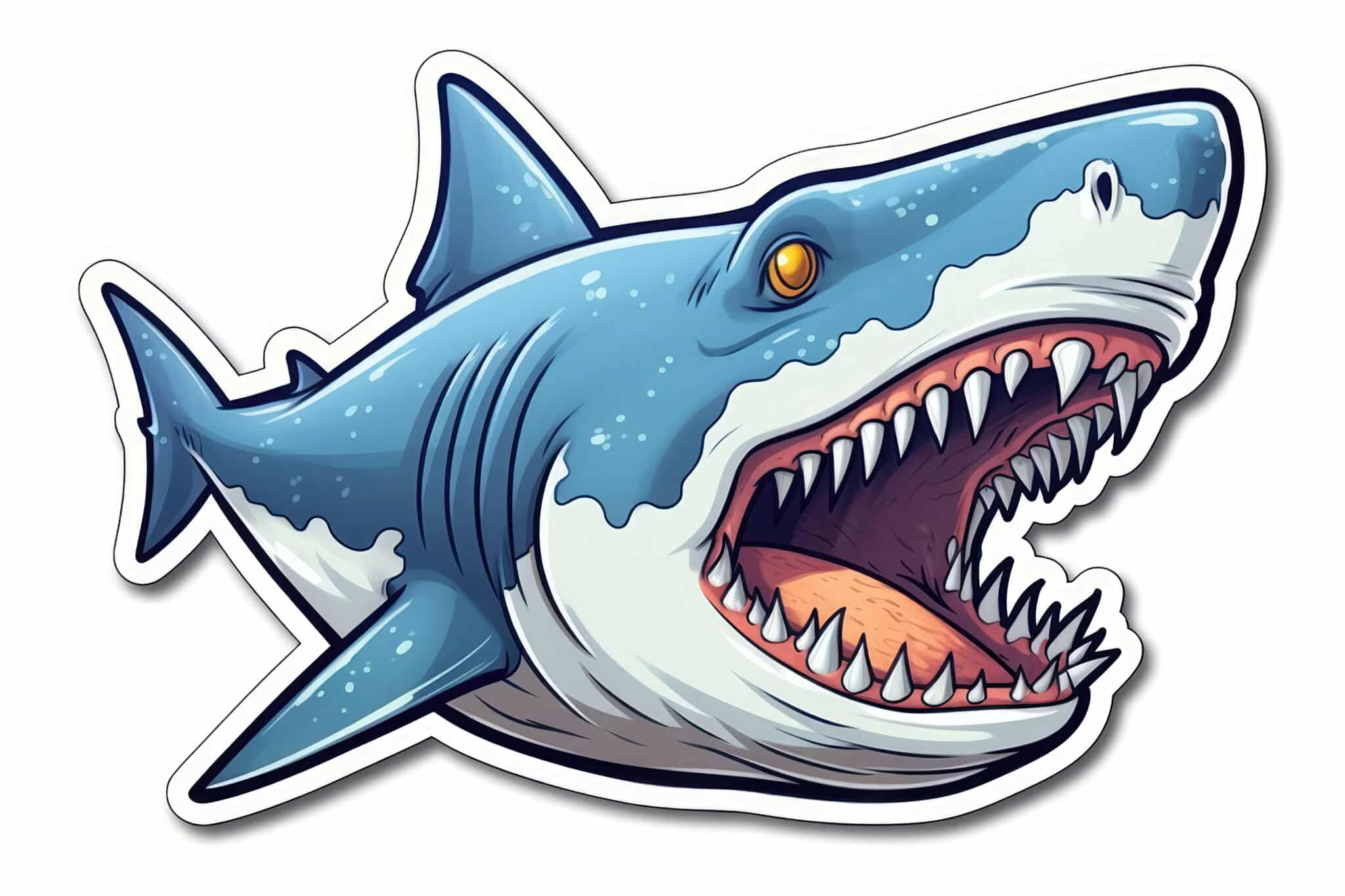
Most Iconic Custom Labels of All Time
Some custom labels have become so iconic that you can spot them instantly. We have already talked about Coca-Cola’s classic contour bottle label with its distinctive script and dynamic ribbon design. Let’s talk about a few other equally iconic custom labels.
Heinz Ketchup Bottle
Heinz is another brand with an iconic label. With its distinctive keystone shape and bold font, you can spot a Heinz ketchup bottle from aisles away. The bright red color of the ketchup inside the bottle makes the label pop. The label received an upgrade in 2009 when the company replaced the pickle with a tomato and a vine. But the shape has remained unchanged.
Levi Strauss & Co.
Levi Strauss & Co. has a label as iconic as its product. The classic label features two horses. When first introduced in 1886, it was printed on a leather patch. Although the company started using synthetic leather for printing, the message and design remain the same. This label represents authentic American heritage. That’s the reason it has appealed to generations of denim lovers.
Intel Inside
The Intel Inside label has become one of the most successful marketing campaigns in the tech world. Launched in 1991, it features the company’s logo with the phrase “Intel Inside.” Even today, this label continues to assure consumers of the brand’s quality and performance.
Designing Your Custom Die-Cut Label: The Die-Cutting Process
In the die-cutting process, a roll of blank label material goes into the printer. Your labels are die-cut into the desired shape after printing the design. Sounds easy, right? There are many things to consider to create a label that’s as good as your product.
Here’s how it works:
Step 1: Create the Die
The specialized tool made of sharp blades configured in the desired shape is fabricated. Dies can be made from various materials depending on the complexity and precision required.
Step 2: Choose a Material
The material to be die-cut is selected. This can be paper, cardboard, metal, fabric, plastic, or another suitable material, depending on the end-use.
Step 3: Machine Setup
The die is installed in a die-cutting machine. There are several types of die-cutting machines, including manual die-cutting machines, hydraulic, rotary, and laser die-cutters, chosen based on the material and production needs.
Step 4: Cutting
The material is fed into the die-cutting machine, where it is pressed against the die. The sharp edges of the die cut through the material, creating the desired shape. This can be a single shape or multiple shapes in a repeating pattern.
Step 5: Extraction and Finishing
After cutting, the waste material (or excess) is removed, and the finished pieces are extracted. Additional finishing processes such as embossing or debossing can be applied to enhance the texture and visual appeal.
What You Need to Provide in the Die-Cutting Process
The Dimensions
First, consider the shape, size, material, and custom shapes that best represent your brand.
- Do you need a waterproof label?
- Will it go around a bottle?
- Or do you need a simple sticker for a flat surface?
Think about all this when designing your product label.
The Artwork
Secondly, think about the design that goes into your label. It should complement the label’s shape, making it pop so potential customers can spot your products quickly. Given how much effort goes into creating a label, consider working with professional die-cut printing services.
Whether it’s die-cut business cards, labels, or stickers, professionals like Digiprint Corporation can help you find an appealing and functional solution. So, when looking up ‘printing companies in my area,’ be sure to ask about the extent of their die-cutting services – like design and other creative inputs. It will speed up the process and provide you with a label you can actually use.
Get Your Custom Die-Cut Labels
We hope this answers your question of what is die cutting in printing?
It’s a versatile solution that lets you create custom labels and stickers. Whether you are a food brand, a tech startup, or a service company, this process can help you design a label that sets your brand apart. If you’re looking to make a lasting impression, explore this advanced printing solution today.
At Digiprint Corporation, we offer custom die-cut printing services. Whether it’s business cards or product labels, we can bring your vision to life. Ready to get your custom labels? Contact us today!


